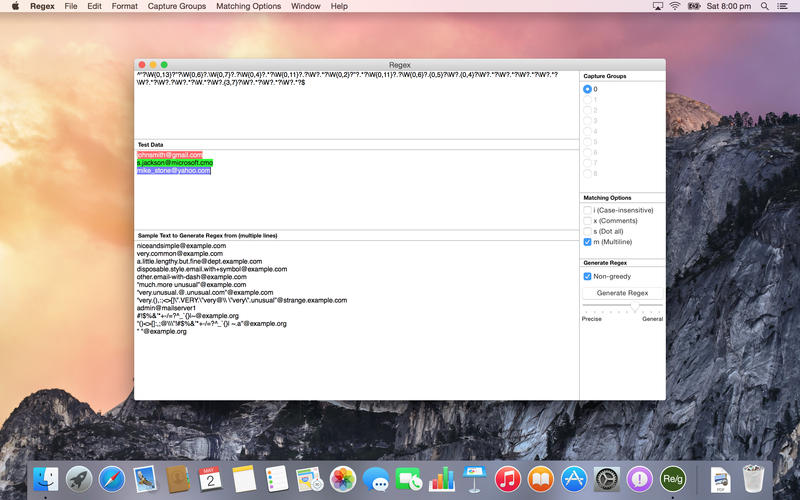

Matches alphanumeric characters (letters or digits): Matches any character that’s not a letter from a to f Matches any character not in the set of characters. Note: Regular expressions in Content Compliance policies are case sensitive. Separate the first and last character in a set with a dash. Matches any character from a set of characters. matches a literal period, rather than any character (dot character) Indicates that the next character is a literal rather than a special character. (pipe) Indicates alternation-that is, an “or.” For example: (dot) Matches any single character, except a new line. For example, a content rule with a location Subject line and the following regular expression:Ĭaptures any email message that has a subject line ending with the letters xyz (dollar) Matches the end of the line or string of text that the regular expression is searching. For example, a content rule with a location Subject line and the following regular expression:Ĭaptures any email message that has a subject line beginning with the letters abc (caret) Matches the start of the line or string of text that the regular expression is searching. These characters are categorized as follows: Characters The following table describes some of the most common special characters for use in regular expressions. See also Configure Content Compliance settings

For additional instructions and guidelines, see also Guidelines for Using Regular Expressions and Examples of Regular Expressions.


 0 kommentar(er)
0 kommentar(er)
